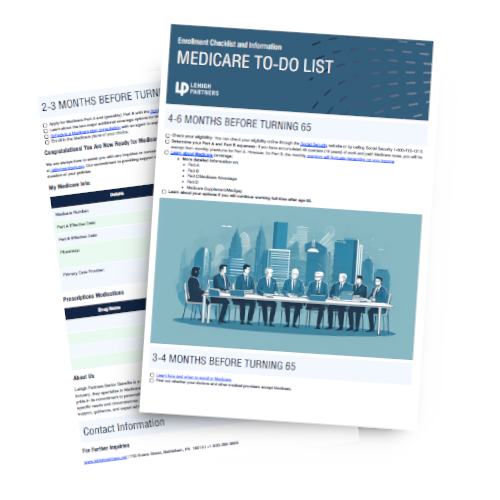In an effort to enhance the integration of Medicaid and Medicare services for dually eligible individuals, the Centers for Medicare & Medicaid Services (CMS) has introduced transformative changes set to take effect in 2025. These changes aim to streamline care coordination, accessibility, and affordability for enrollees, benefiting both CMS and dual-eligible beneficiaries.
Positive Aspects of the Changes:
- Improved Care Coordination: By encouraging beneficiaries to obtain Medicare and Medicaid benefits from either a fully integrated D-SNP or highly integrated D-SNP, care coordination is set to significantly improve. This alignment ensures that enrollees receive comprehensive and efficient healthcare services.
- Enhanced Affordability: With a focus on decreasing costs through exclusively aligned enrollments, both CMS and beneficiaries stand to benefit financially. This approach not only optimizes resource allocation but also promotes cost-effective care delivery.
- Better Outcomes: The shift towards integrated D-SNP plans promotes better health outcomes for enrollees. With streamlined services and increased accessibility to essential healthcare resources, beneficiaries can expect improved health and wellness outcomes.
Challenges and Considerations:
- Limited Selection Options: The restriction on enrolling in any D-SNP of choice on a monthly or quarterly basis may limit the flexibility and choice available to dual-eligible individuals. This constraint could affect the ability of beneficiaries to select plans that best suit their unique healthcare needs and preferences.
- State Disparities: Individuals residing in states without integrated plans may face restrictions in enrollment options and access to the new monthly SEP. This disparity could lead to uneven opportunities for beneficiaries across different regions, impacting the equity of healthcare access.
Conclusion: Navigating the Future of Dual Eligible Special Needs Plans
As we anticipate the implementation of these Medicare changes in 2025, it is crucial for dual-eligible individuals to stay informed and prepared for the evolving landscape of healthcare services. While the new integrated-care SEP offers opportunities for enhanced care coordination and affordability, it is important to consider the potential limitations in choice and availability of plans based on individual circumstances.
By understanding the positives and challenges associated with these changes, beneficiaries can make informed decisions to ensure they receive optimal healthcare coverage aligned with their specific needs and preferences. Stay engaged, seek guidance where needed, and embrace the transformations that aim to elevate the quality of care for dual-eligible enrollees in the years to come.

